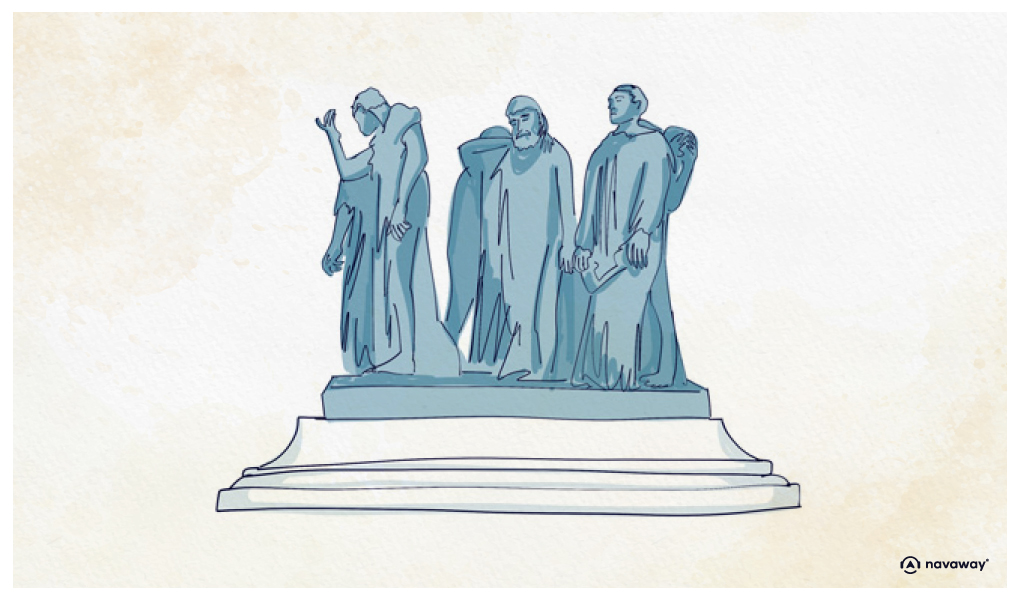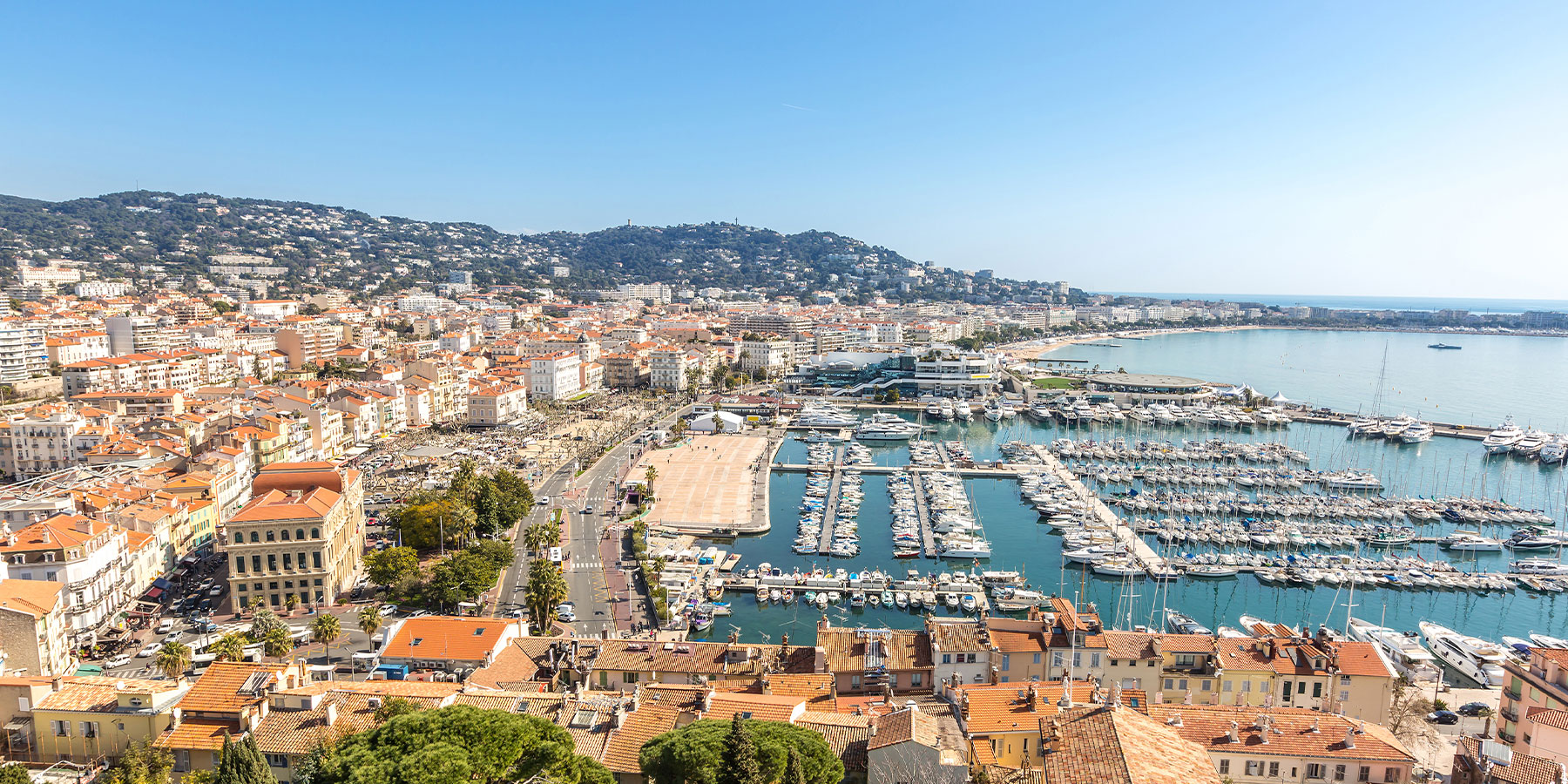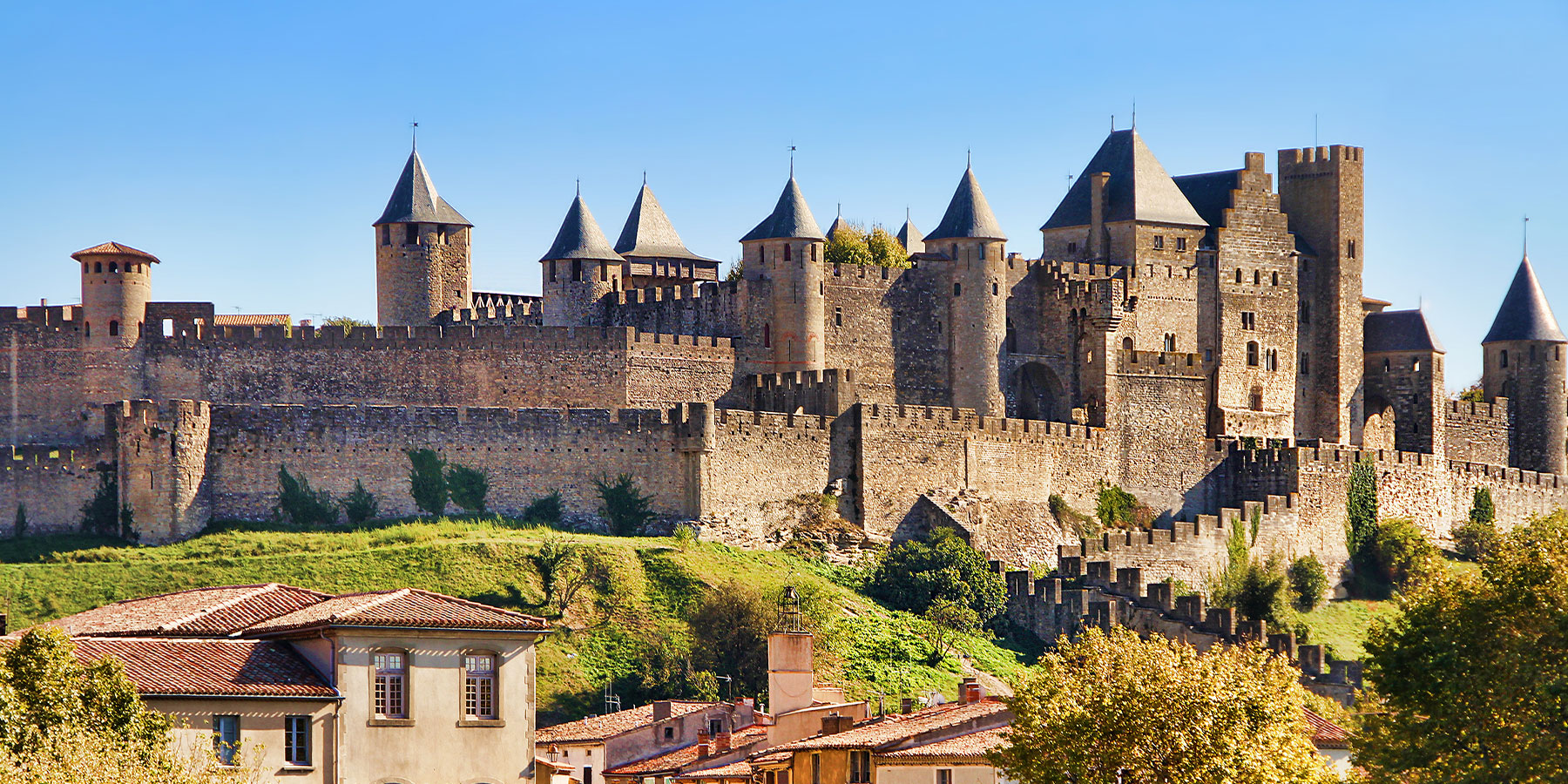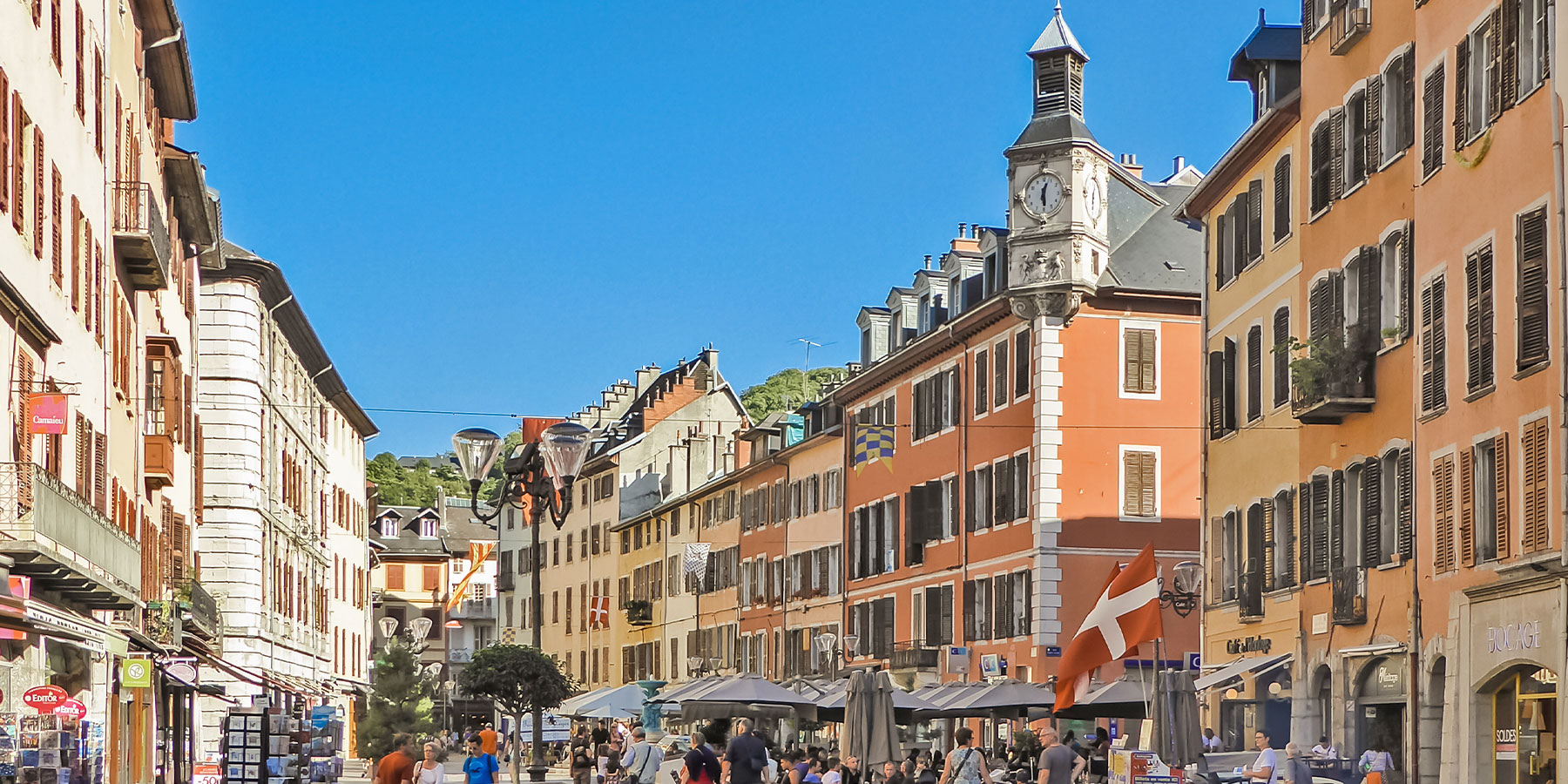
The Burghers of Calais

This point of interest is available as audio on the tour: Visit Calais, Between Two Shores
By the early 1880s, Auguste Rodin was still trying to make a name for himself. He’d faced several setbacks in public commissions—until a new opportunity arose. In 1884, he was commissioned to create a monument for the city of Calais. The result is the powerful bronze sculpture you see before you. It tells the story of the Siege of Calais in 1347, when the city, defeated by English forces, was ordered to surrender six of its most prominent citizens. At the time, the term “burghers” referred to respected, free citizens—often town leaders or members of the council—rather than simply wealthy townsmen. Six of them stepped forward voluntarily, offering their lives to save the rest of the population. Barefoot, dressed in plain tunics, with ropes around their necks, they walked toward King Edward III, ready to hand over the keys to the city and face execution. Rodin chose to capture the moment of surrender—each figure isolated, emotionally exposed, lost in his own thoughts. Their despair is palpable, their steps heavy, as if already resigned to death. But according to legend, their fate changed when the Queen of England, moved by compassion, begged her husband to spare them. The sculpture was inaugurated in 1895, though not exactly as Rodin had envisioned. He wanted it placed at ground level, so viewers could look the burghers in the eye and feel their pain. Instead, it was raised on a pedestal, in keeping with the conventions of the time. Even so, the work remains one of Rodin’s most celebrated and moving tributes—a powerful reminder of courage, sacrifice, and the human cost of war.


Discover Calais with app
An interactive guide through the most beautiful streets, squares, and districts
24 fun audioguides full of historical facts, anecdotes, and legends





Comments